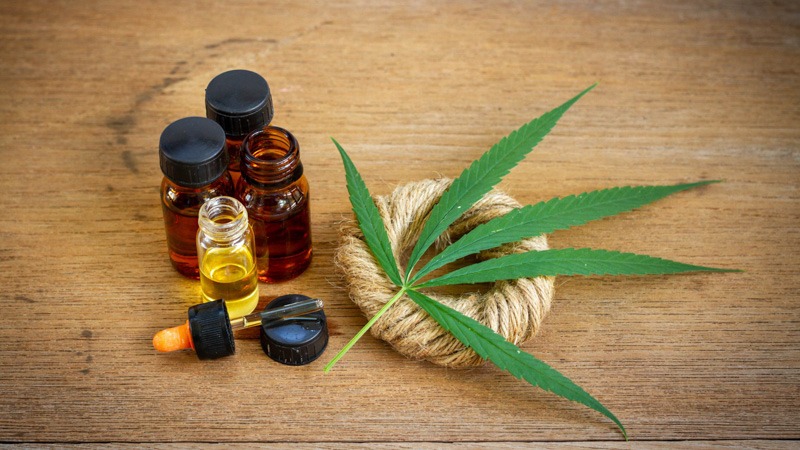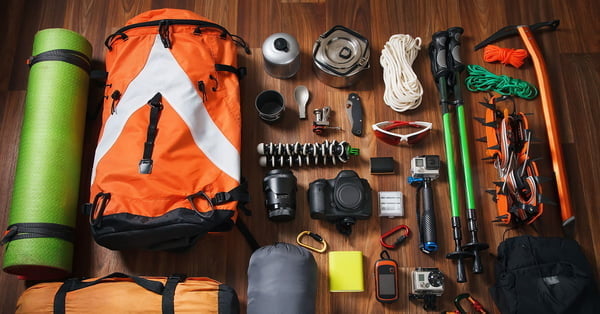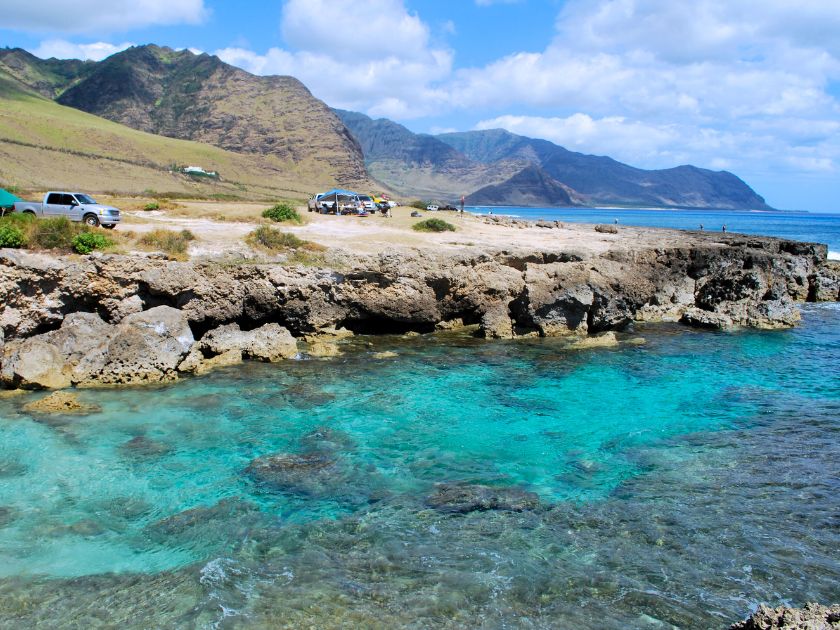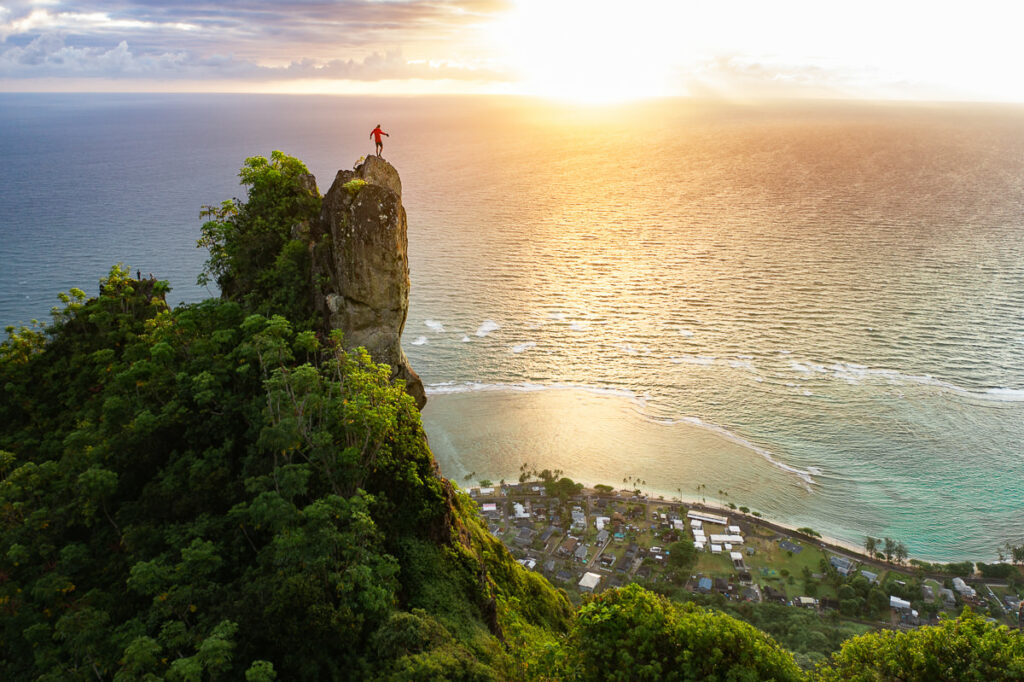Integrating CBD Oil into Your Candida Diet: Tips and Benefits
Candida overgrowth can lead to various health issues, including digestive discomfort, skin irritation, and fatigue. The Candida diet, which focuses on reducing sugar, refined carbs, and yeast-rich foods, is often recommended to manage Candida symptoms and restore gut balance. While dietary changes can be effective, incorporating natural remedies like CBD oil may further enhance the benefits of a Candida diet.

CBD, or cannabidiol, has properties that can complement a Candida diet. It is known for its anti-inflammatory, antifungal, and immune-supporting effects, making it a useful addition to the fight against Candida overgrowth. By integrating CBD oil into your Candida diet, you may experience improved digestive health, symptom relief, and better overall well-being.
Tips for Incorporating CBD Oil into Your Candida Diet
- Choose High-Quality CBD Oil: To get the best results from CBD oil, it is important to choose a high-quality product. Look for full-spectrum CBD oil that is third-party tested for purity and potency. Full-spectrum CBD oil contains not only cannabidiol but also other beneficial compounds like terpenes and cannabinoids, which can enhance its effectiveness in managing Candida.
- Start with a Low Dose: When incorporating CBD oil into your Candida diet, it’s best to start with a low dose and gradually increase it as needed. This allows your body to adjust and helps you find the dose that works best for you. The right dosage can vary depending on factors like body weight, metabolism, and the severity of Candida symptoms.
- Take CBD Oil with Meals: To maximize absorption, take CBD oil with meals, especially those that contain healthy fats. CBD is fat-soluble, meaning it is absorbed more effectively when consumed with dietary fats. Including CBD oil in your meals as part of your Candida diet can help enhance its effects on gut health and inflammation reduction.
- Combine with Other Natural Remedies: CBD oil works well when combined with other natural remedies for Candida. Probiotics, herbal antifungals like oregano oil, and a low-sugar diet are all effective in managing Candida overgrowth. Using CBD oil alongside these remedies can provide comprehensive support for reducing Candida and promoting gut health.
- Be Consistent: Consistency is key when using CBD oil as part of a Candida diet. It may take some time for the effects of CBD to become noticeable, so it’s important to take it regularly. Incorporate CBD oil into your daily routine to support ongoing Candida management and improve digestive health.
Benefits of Using CBD Oil in a Candida Diet
1. Reducing Inflammation
Inflammation is a common issue for those with Candida overgrowth, especially in the digestive tract. Symptoms like bloating, cramping, and gas often stem from inflammation triggered by Candida. CBD oil is well-known for its anti-inflammatory properties, which can help reduce gut inflammation and relieve digestive discomfort. By targeting inflammation, CBD oil can make the Candida diet more effective at improving gut health.
2. Promoting Gut Microbiome Balance
The gut microbiome plays a crucial role in controlling Candida levels. A balanced microbiome helps prevent the overgrowth of harmful microorganisms like Candida. CBD oil may support gut health by promoting a balanced microbiome and reducing harmful bacteria. This effect can help create an environment that is less conducive to Candida growth, further enhancing the benefits of a Candida diet.
3. Supporting Immune Function
A healthy immune system is essential for managing Candida overgrowth. CBD oil may help regulate the immune response, ensuring that the body can effectively fight off Candida and maintain balance. By supporting immune function, CBD oil can play an important role in preventing recurrent Candida infections and keeping symptoms under control.
4. Alleviating Stress and Anxiety
Stress is a common factor that can contribute to Candida overgrowth. Chronic stress weakens the immune system, making it more difficult for the body to control Candida. cbd oil for candida is known for its calming effects, which can help reduce stress and anxiety. By managing stress levels, CBD oil may indirectly support Candida management and improve overall health.
5. Improving Sleep Quality
Sleep is essential for maintaining a healthy immune system and recovering from Candida overgrowth. Poor sleep can negatively affect immune function and make it harder for the body to combat Candida. CBD oil may help promote better sleep by calming the mind and body, allowing for more restful sleep and faster recovery from Candida symptoms.

Enhancing Your Candida Diet with CBD Oil
Integrating CBD oil into your Candida diet can provide a range of benefits, from reducing inflammation and supporting gut health to promoting better sleep and reducing stress. By incorporating CBD oil alongside dietary changes and other natural remedies, you can enhance the effectiveness of your Candida management plan and achieve better digestive health and overall well-being.
As with any supplement, it’s important to consult with a healthcare professional before adding CBD oil to your Candida diet. When used correctly, CBD oil can be a valuable tool for supporting your body in the fight against Candida and achieving a balanced, healthy gut.











